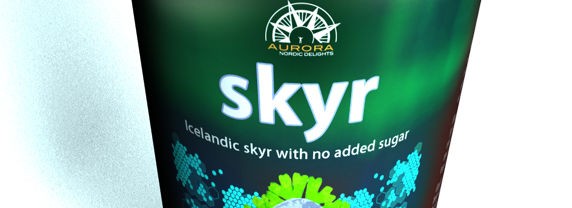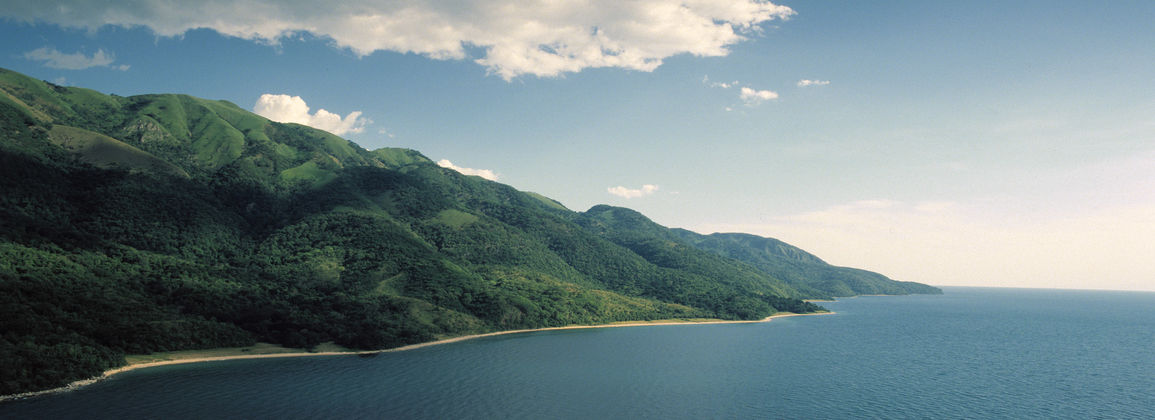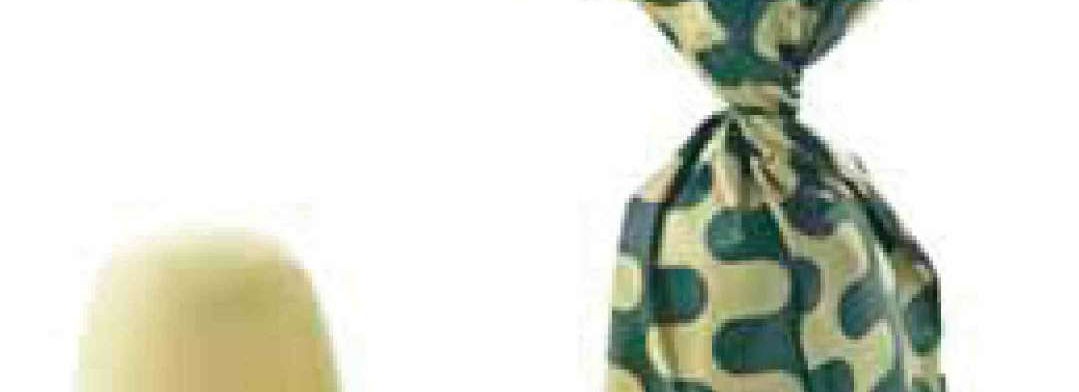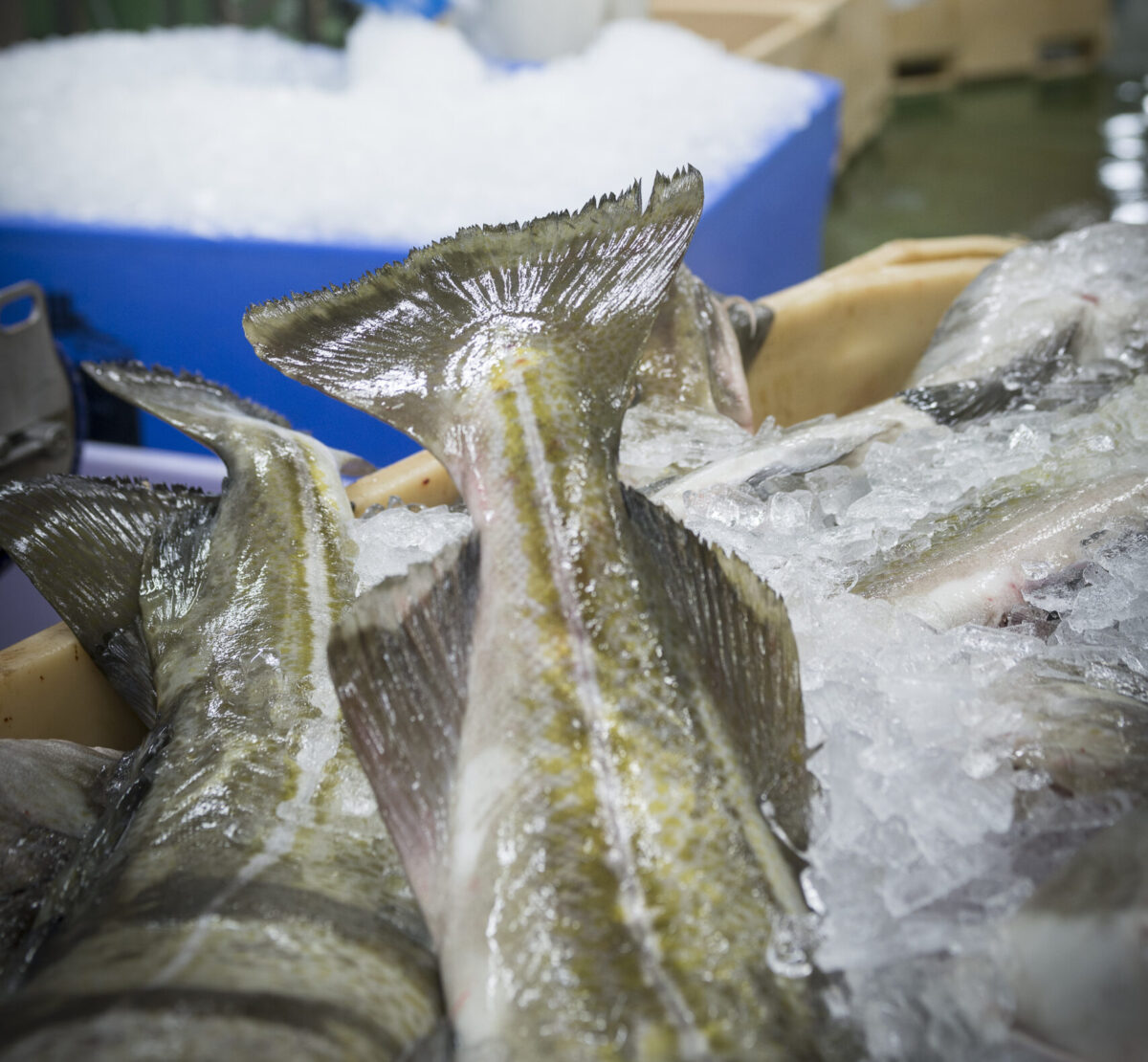The company Primex won the Iceland Innovation Award 2012 right now. Matís sincerely congratulates the employees of Primex on the award. There has been a very good collaboration between Primex and Matis and one of the company's employees is located in Matís' premises at Vínlandsleið in Grafarholt.
Matís has now worked with Primex on a number of projects for a long time. One of these projects is to develop a method to extend the shelf life of fresh seafood with chitosan, which has both antimicrobial and antioxidant effects. The benefits are increased shelf life, improved quality and safety. This innovation will lead to an increase in the value of seafood and at the same time be useful for other foods.
More about the award ceremony (from Rannís website, www.rannis.is)
At Nýsköpunarþing, the management of innovation was made a topic of discussion and four members of the business community were invited to share their experiences and projects in this field. More than 200 people attended the congress, which was held at the Grand Hotel Reykjavík.
Primex, founded in 1997 and located in Siglufjörður, produces chitin and chitosan from shrimp shells. Chitosan is a valuable and sought-after material, especially in foreign markets, and the company has gained a good market position in the United States, Asia and Europe, in addition to which the company recently entered the market in Russia. The properties of chitosan are used in the production of food supplements, wound care products and cosmetics as well as being used in wine production and food. In food production, the material is used as a natural fiber and preservative, and this new use has opened up more opportunities for the company. Primex has received ISO 22000 standard certification which ensures safety in food production.
What used to be waste is now raw material
The original idea for the company was how to increase the utilization of marine products by utilizing waste as a raw material and at the same time respecting environmental considerations. Shrimp shells are very environmentally polluting, but they have been thrown into the sea for years. After learning about the possibilities and opportunities of the material chitosan and getting acquainted with production methods and markets, the companies Rammi in Siglufjörður and Síldarvinnsla ríkisins decided to establish a company around the idea and build a factory in Siglufjörður. The company Kítín, later Primex, was formed, which began production of the chitin and chitosan in 1999. An agreement was made with the American company Vanson in 2004 for the purchase of knowledge to build a factory and for a patent for the LipoSan Ultra brand. Vanson was then the largest producer of chitosan in the United States but moved all its production to Siglufjörður. With this, markets opened up in the United States for Primex, but mainly for chitosan in food supplements and cosmetics.
Production of own consumer products
LipoSan is a fat binder with natural fibers that chitosan contains and has the unique property of absorbing fat. The product is intended for those who need to control their body weight and improve digestion. Studies have also shown the substance's ability to lower cholesterol. LipoSan products are available in all major pharmacies in the country, as well as health food stores. ChitoClear, on the other hand, is a wound spray and gel for animals and the substance is very healing and reduces pain and itching in and around wounds. In addition, it works against bacterial and fungal growth. ChitoClear has been sold in Iceland and Germany. ChitoClear has mainly been marketed for animals but the material is also good for humans. Since 2001, Primex has been selling chitosan to companies in Europe and the United States that manufacture products to stop bleeding and heal wounds. In 2004, the company was recognized for chitosan patches as one of the top ten military inventions, which have been used, among other things, on the battlefield in Iraq, where they saved the lives of hundreds of soldiers.
The future is based on the export of chitosan
In future, Primex's production will be based on the export of chitosan as a raw material for other manufacturers. At the same time, the possibility of diversifying the production of own consumer products, such as cosmetics and healing ointments, is being examined. The possibility of producing protein from waste from shell processing to aquaculture feed production is also being examined, but the shrimp shells that Primex uses come from Rammar hf.'s shrimp factories. in Siglufjörður and Dögun in Sauðárkrókur. Icelandic chitosan is a high-quality material and there is a lot of development work and research on the activity of the material behind the production. The quality has enabled the company to enter a more valuable market. The company now employs fifteen specially trained employees who have put the company on the map in demanding markets abroad.
Innovation Award Iceland 2012
The Iceland Innovation Prize is awarded by Rannís, Íslandsstofa, Nýsköpunarmiðstöð Íslands and Nýsköpunarsjóður atvinnulífsins, to companies that are considered to have excelled in the development of new products or services based on research and scientific work and have achieved market success. The purpose of the award is to draw attention to the important connections that exist between research and the acquisition of knowledge and increased value creation in the business sector. The prize is a statue of the fertility god Frey by sculptor Hallstein Sigurðsson.
When choosing a prize winner, consideration is given to whether it is a new start-up company, whether it is based on innovative technology and ideas and is demanding of knowledge. It also assesses the value added of products and whether the company has been successful in the market. It is assessed whether the company is likely to hold its own and whether the management of innovation is exemplary. Finally, it is assessed whether the company is an incentive for others to follow the same path.












